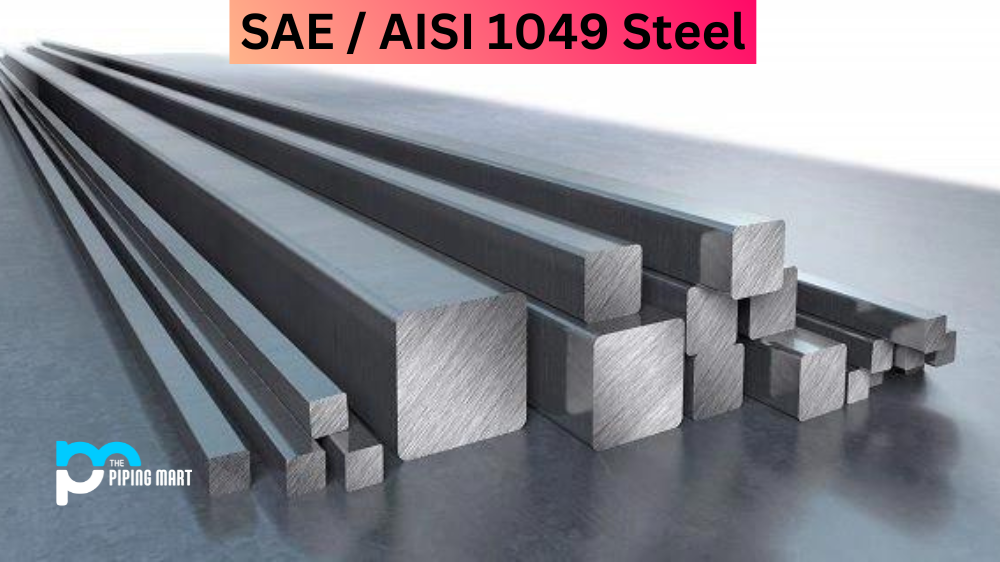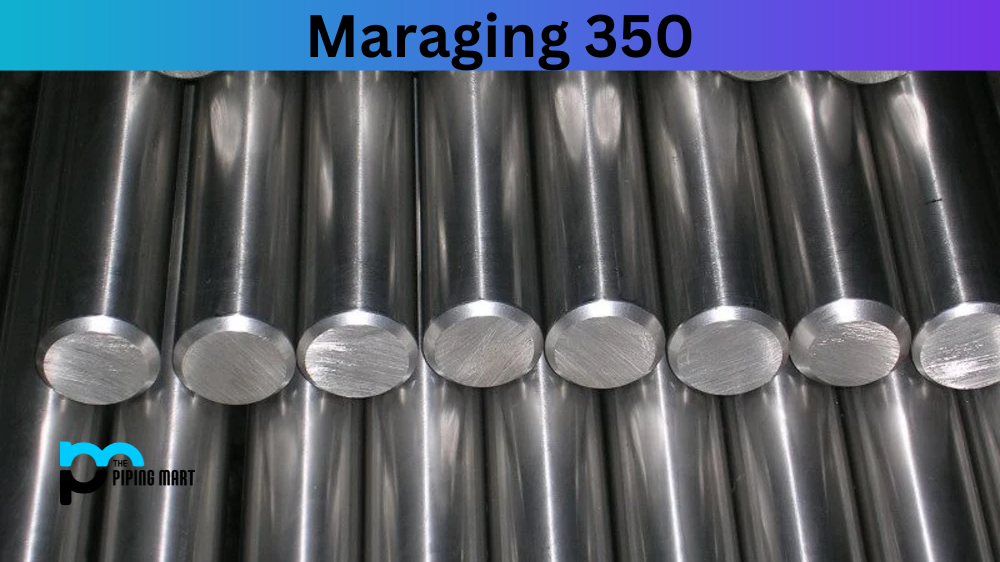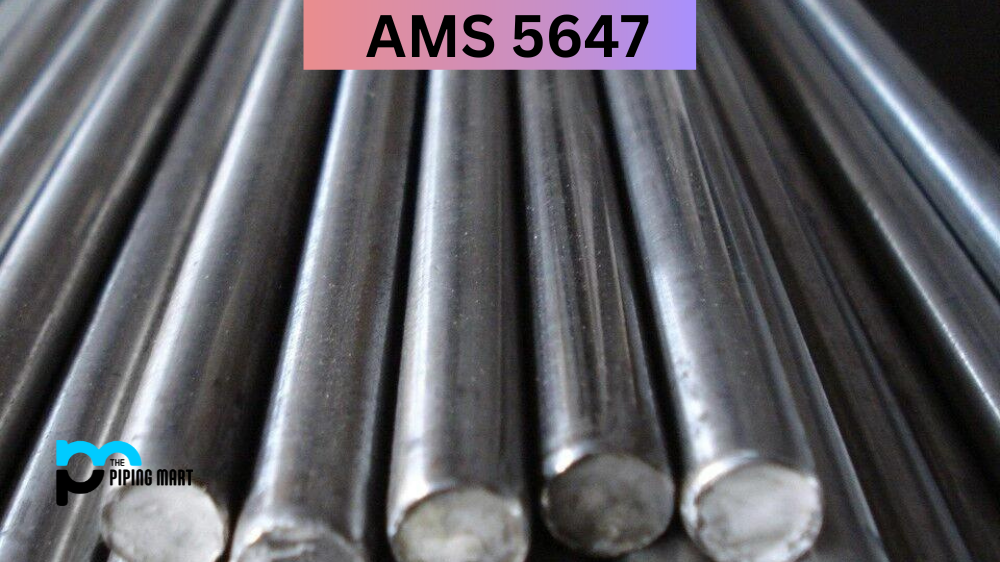AISI 1049 steel is a medium carbon steel with good weldability, machinability, and corrosion resistance. It is typically used in automotive and construction applications. In this blog post, we will take a closer look at the properties and uses of SAE 1049 steel.
AISI 1049 Composition
Grade 1049 steel is a medium carbon steel with a carbon content of 0.45%. It has good weldability, machinability, and corrosion resistance. The following table shows the chemical composition of UNS G10490.
| Element | Content (%) |
|---|---|
| Iron, Fe | 98.48-98.94 |
| Manganese, Mn | 0.600-0.900 |
| Carbon, C | 0.460-0.530 |
| Sulfur, S | 0.0500 |
| Phosphorous, P | 0.0400 |
AISI 1049 Physical Properties
| Properties | Metric | Imperial |
|---|---|---|
| Density | 7.7-8.03 g/cm3 | 0.278-0.290 lb/in3 |
AISI 1049 Mechanical Properties
| Properties | Metric | Imperial |
|---|---|---|
| Elastic modulus | 190-210 GPa | 29700-30458 ksi |
| Poisson’s ratio | 0.27-0.30 | 0.27-0.30 |
Heat Treatment
Alloy 1049 steel can be annealed at 844°C (1560°F) followed by air cooling at 482°C (900°F). It can then be normalized by heating it at 927°C (1700°F) for 30 minutes, followed by air cooling. UNS G10490 steel can also be tempered by heating it at 538°C (1000°F). It should then be quenched in oil or water. The tempering process can be repeated multiple times to achieve the desired hardness.
Uses
SAE – AISI 1049 Carbon Steel (UNS G10490) is used in automotive and construction applications. Some common uses are in gears, shafts, rollers, etc. It can also be used for making knives and other cutting tools due to its good wear resistance property.
Welding
SAE / AISI steel 1049 can be welded using all conventional welding methods, such as gas metal arc welding, shielded metal arc welding, oxyacetylene welding, etc. Preheating is not required before welding since it has low carbon content. However, post-weld heat treatment should be performed to relieve stress and prevent cracking.
Machining
G10490 steel can be machined using all standard machining methods, such as turning, drilling, milling, etc. It has good machinability with a machinability rating of 70%. This means that it can be easily machined using standard machining methods but with slightly lower speeds and feeds than other steels with higher machinability ratings, such as 1018 or 12L14 steels.
Corrosion Resistance
SAE/AISI1049 steel has good corrosion resistance in most environments, including those with high humidity levels or exposure to salt water spray. However, it is not as resistant to corrosion as some other steel, such as stainless steel or aluminium alloys. If corrosion resistance is a key concern for your application, you may want to consider using one of these other materials instead.
Heat Resistance
SAE / AISI 1049 steel is known for its high heat resistance. This makes it an ideal material for applications where high temperatures are a factor, such as in the automotive or aerospace industries. 1049 steel can withstand temperatures of up to 1200 degrees Fahrenheit without suffering any damage. This makes it an excellent choice for parts that need to be able to withstand extreme heat, such as engine components or exhaust systems.
Conclusion
SAE/AISI1049 is a medium carbon steel with good weldability, machinability, and corrosion resistance properties. It is typically used in automotive and construction applications such as gears, shafts, rollers, etc. Thanks for reading! We hope you found this overview helpful.

Abhishek is a seasoned blogger and industry expert, sharing his insights and knowledge on various topics. With his research, Abhishek offers valuable insights and tips for professionals and enthusiasts. Follow him for expert advice on the latest trends and developments in the metal industry.




